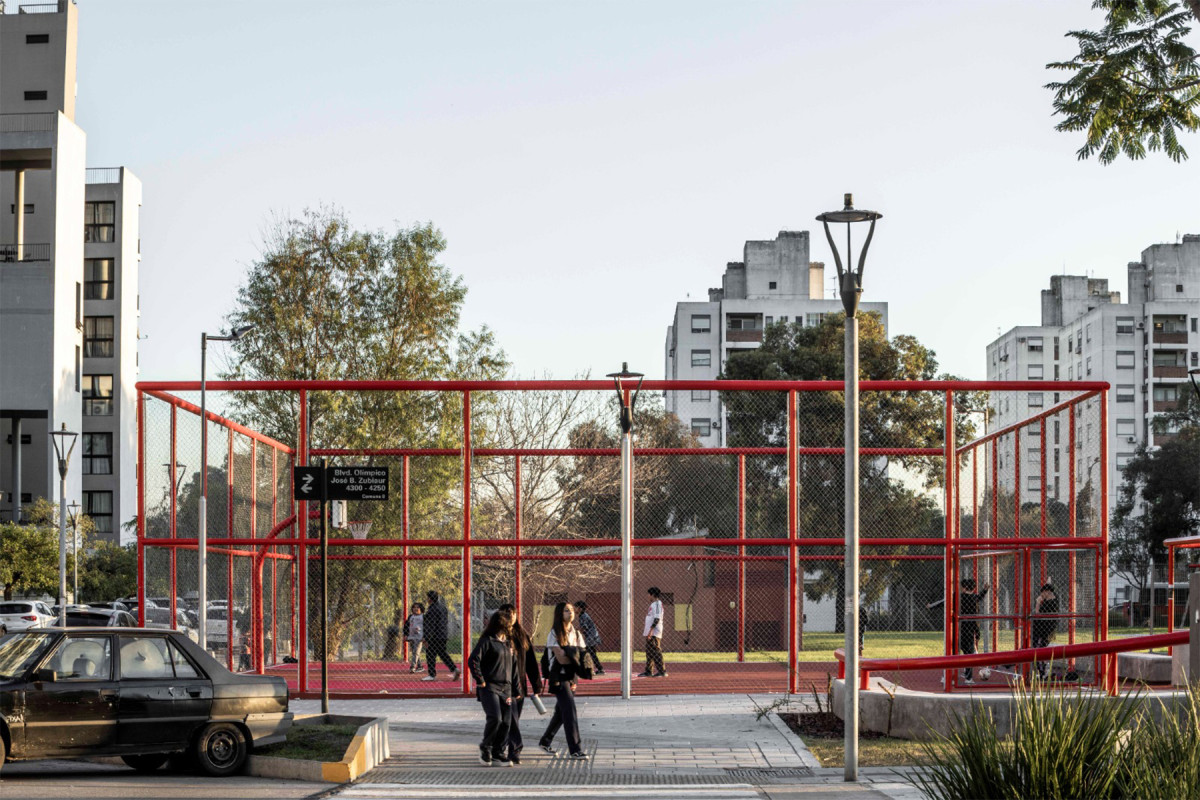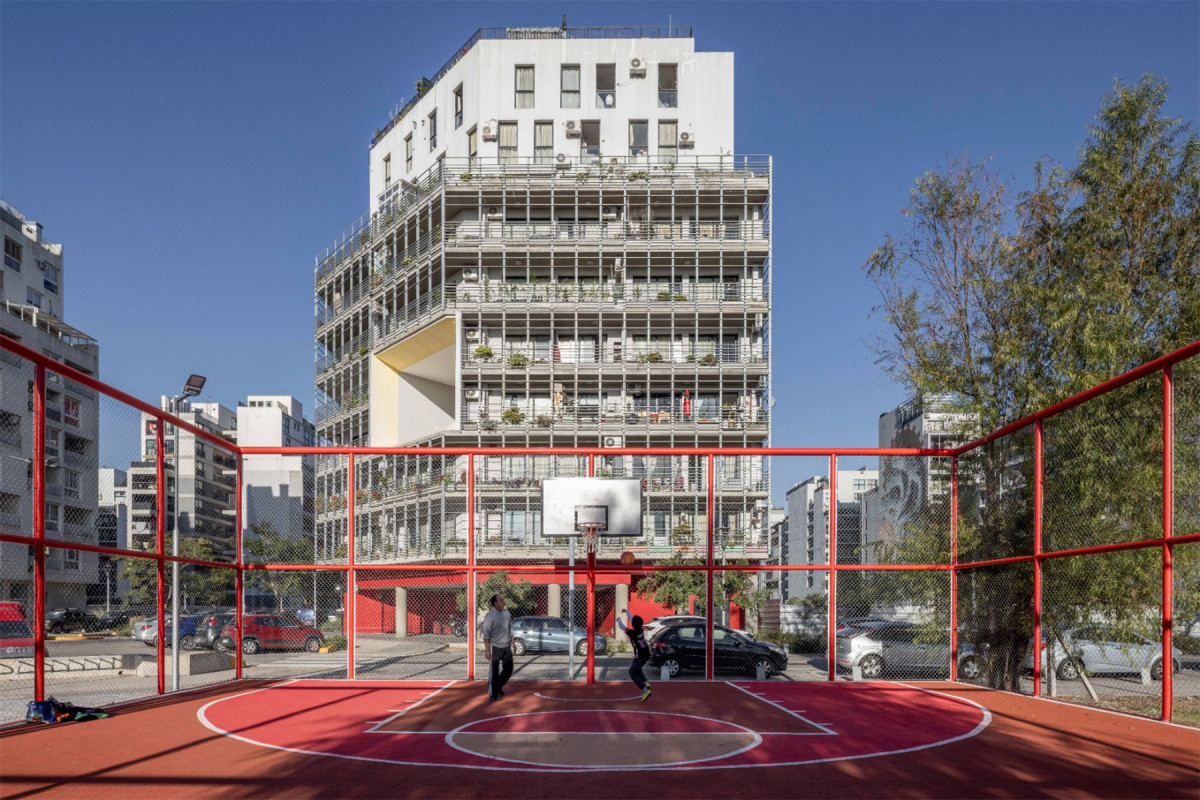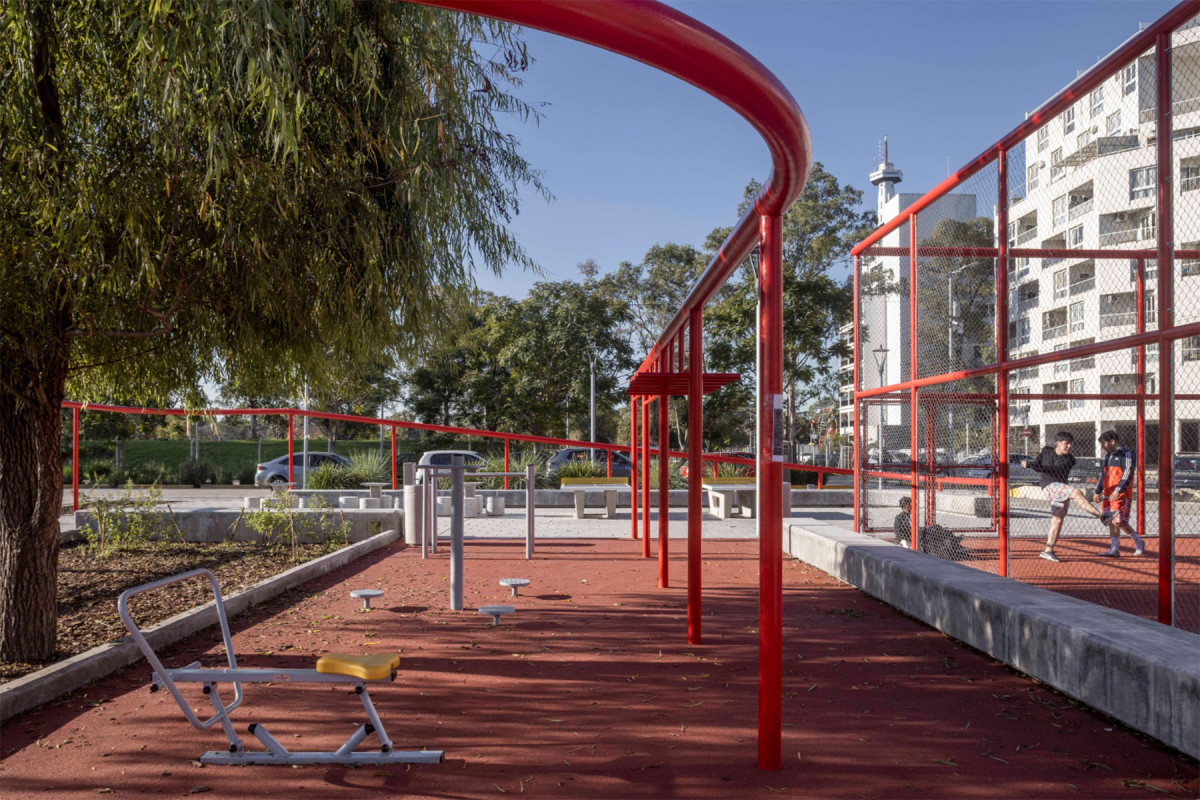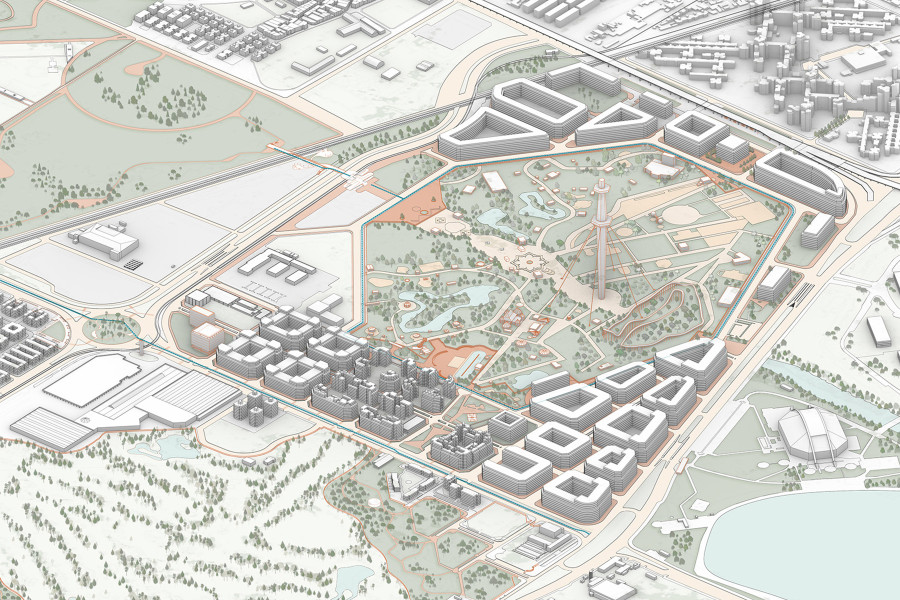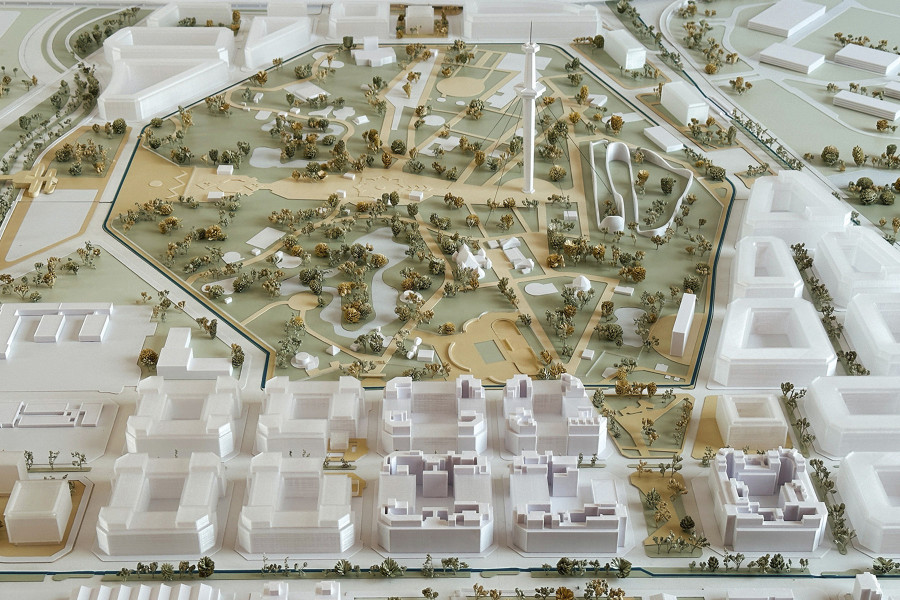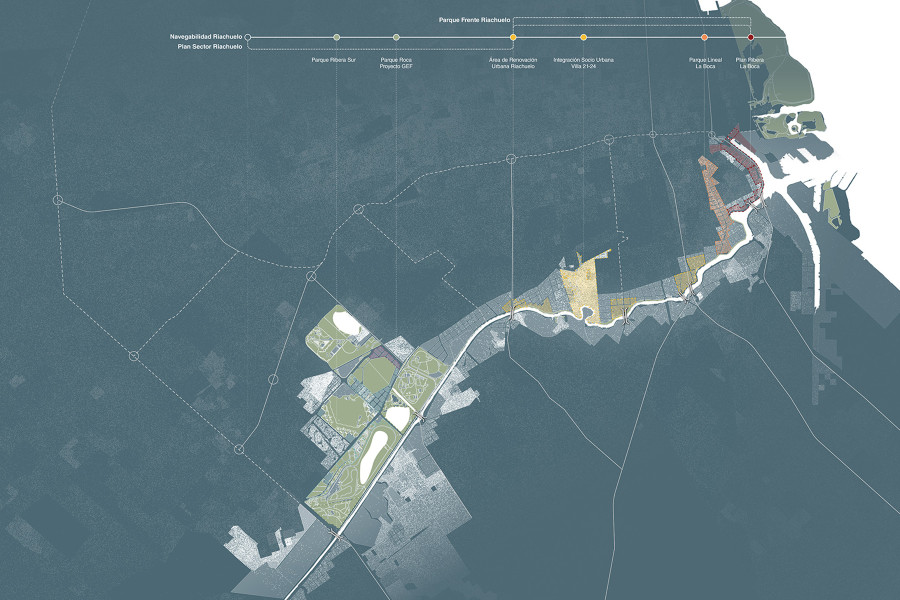Olympic Neighborhood Plaza
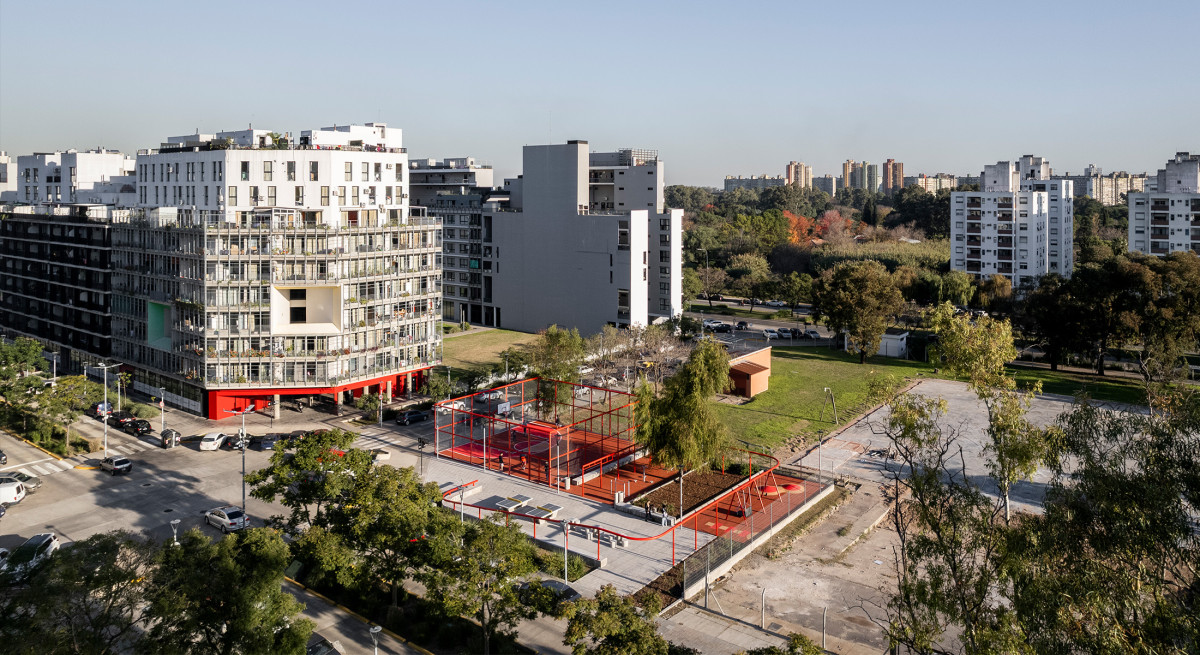
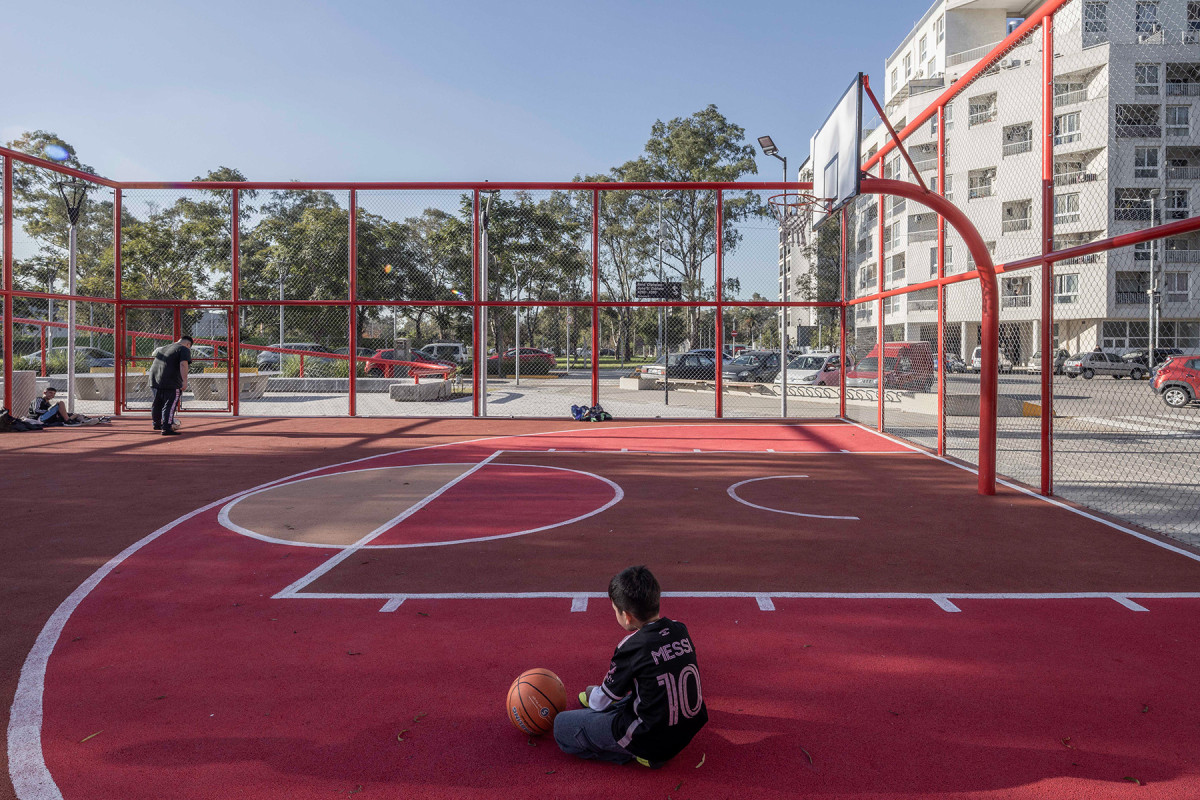
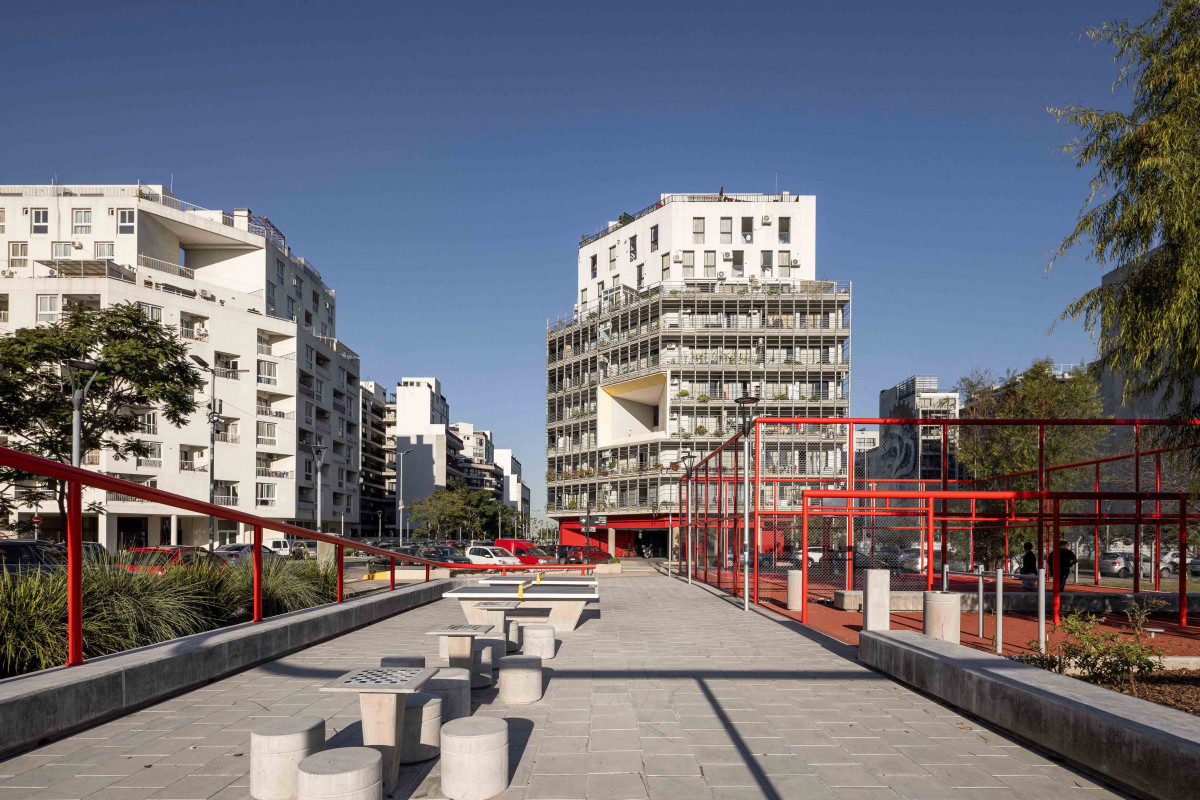
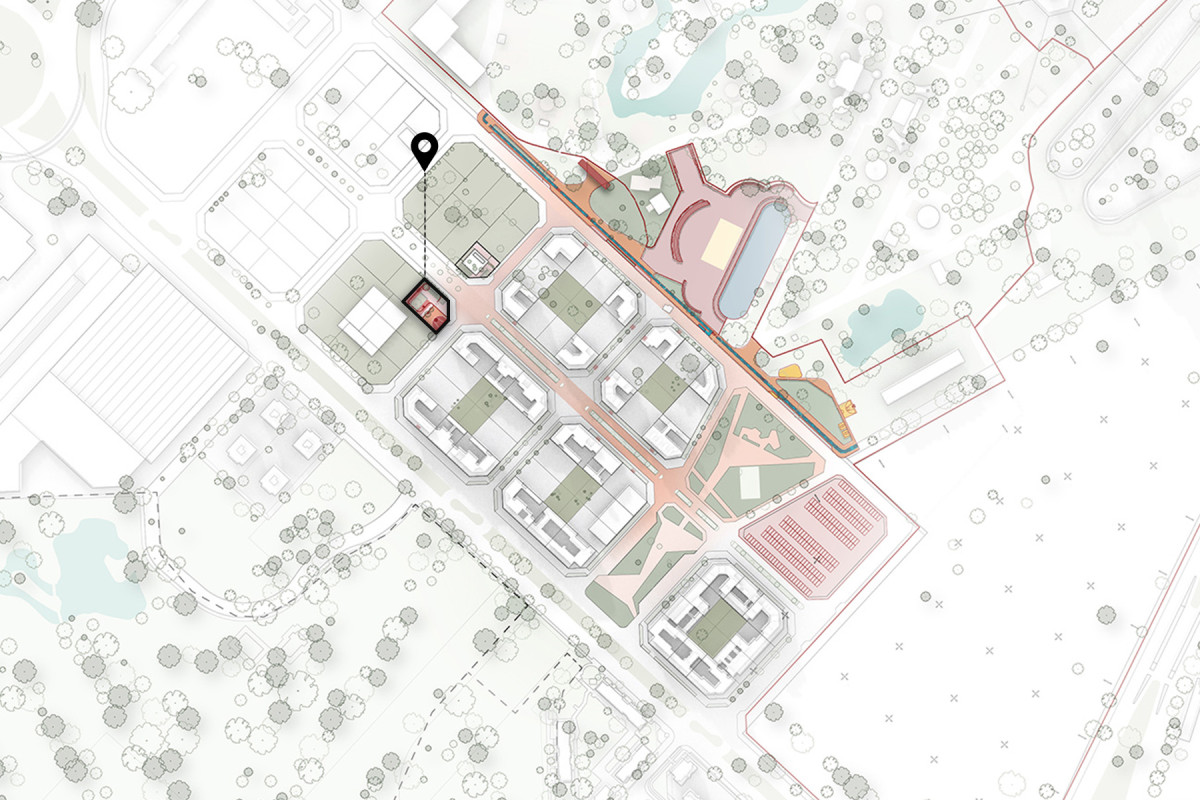
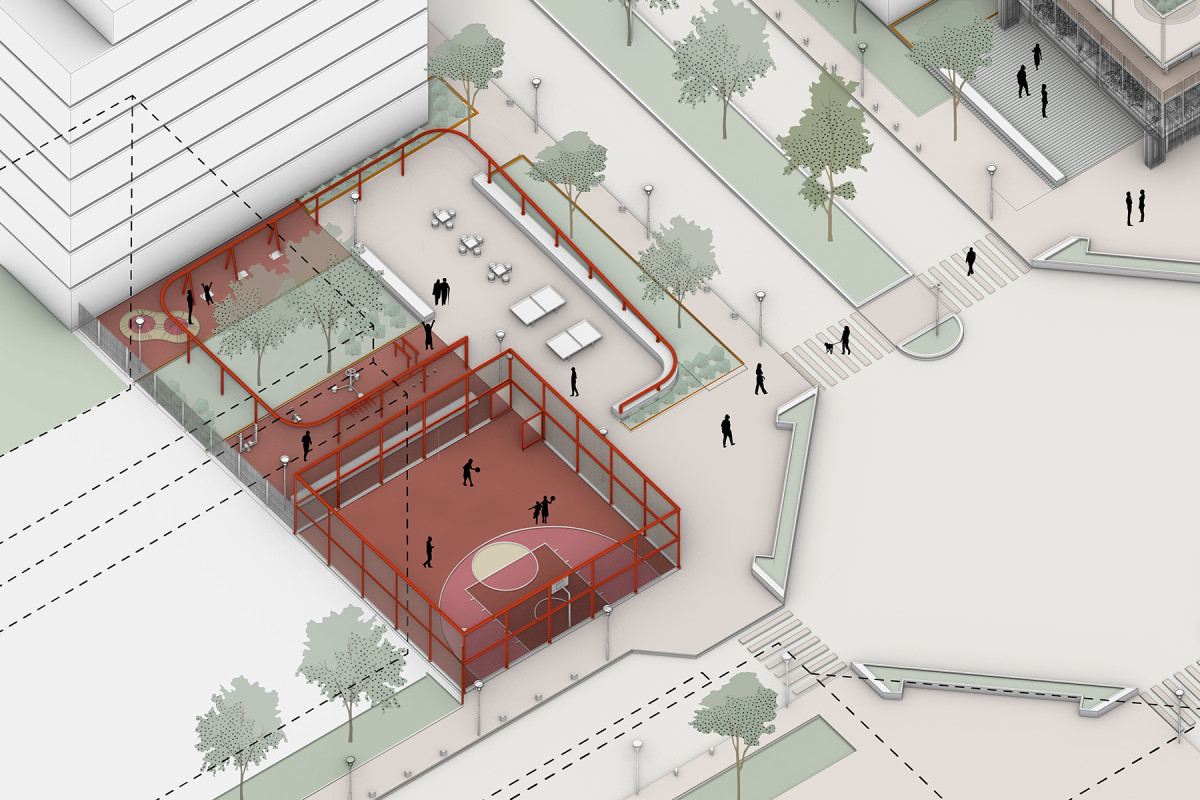
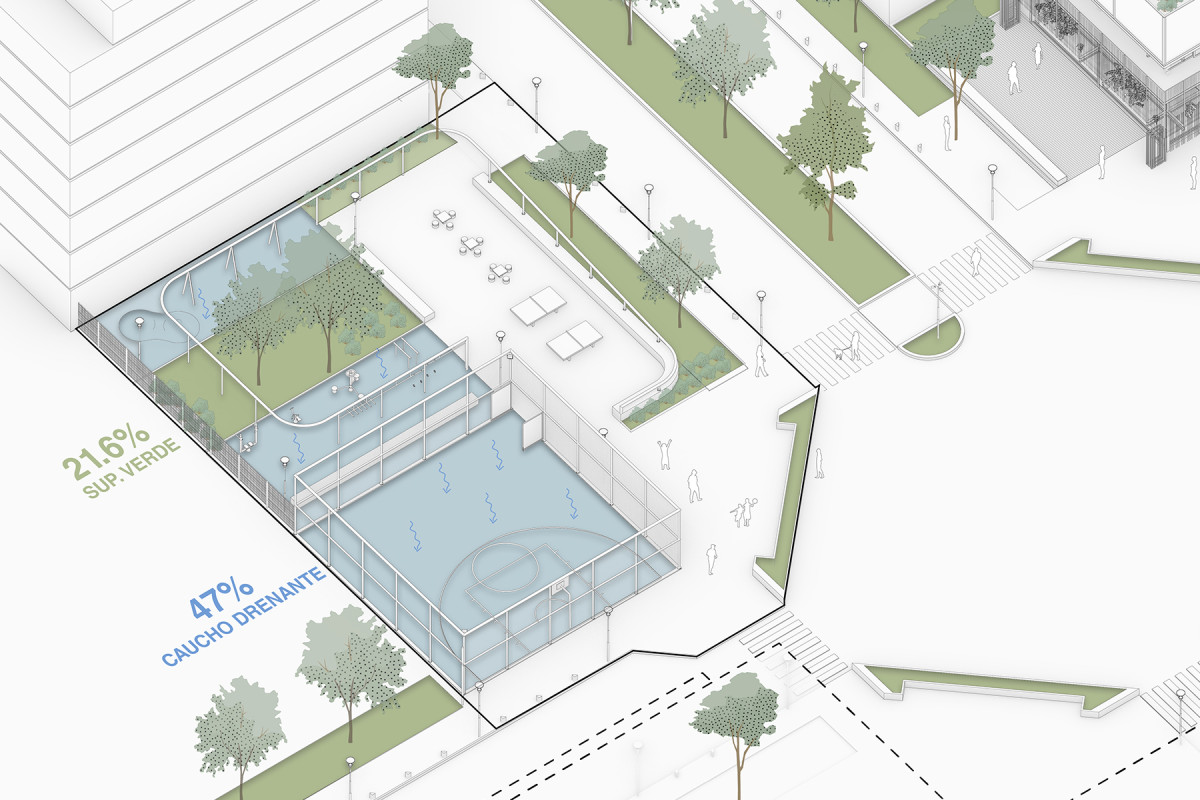
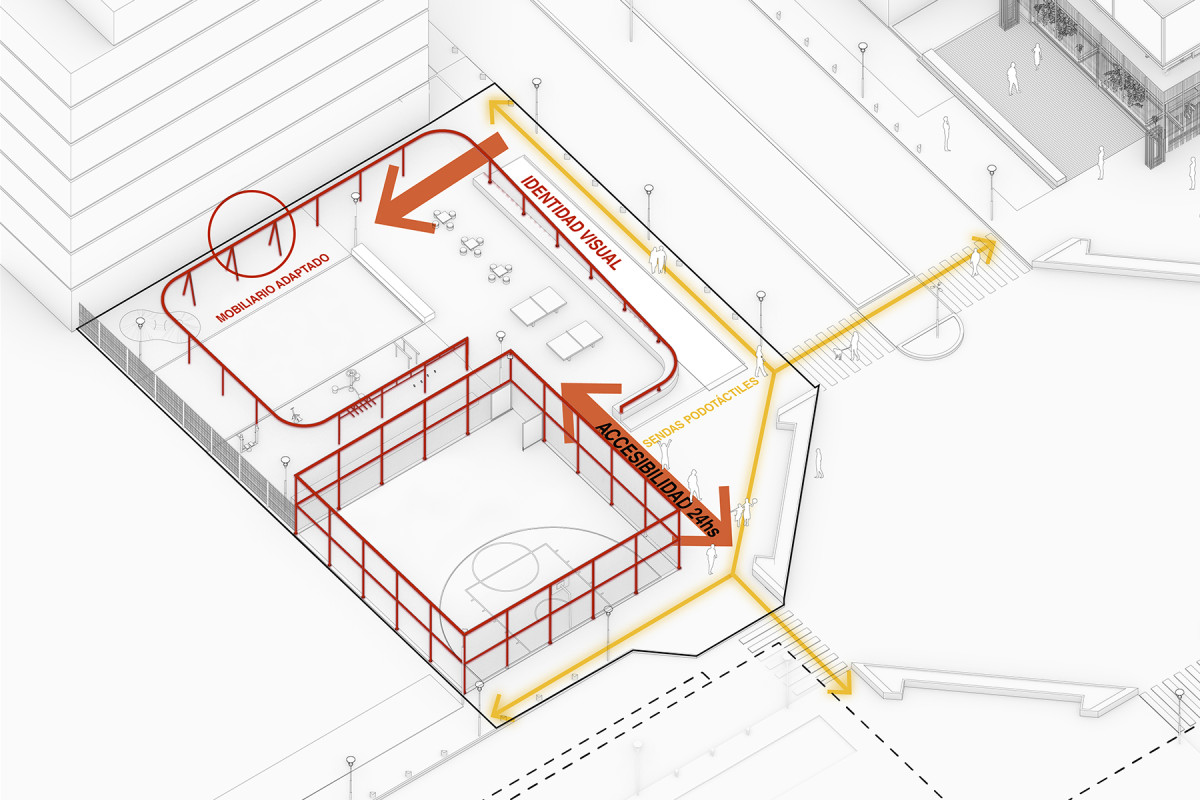
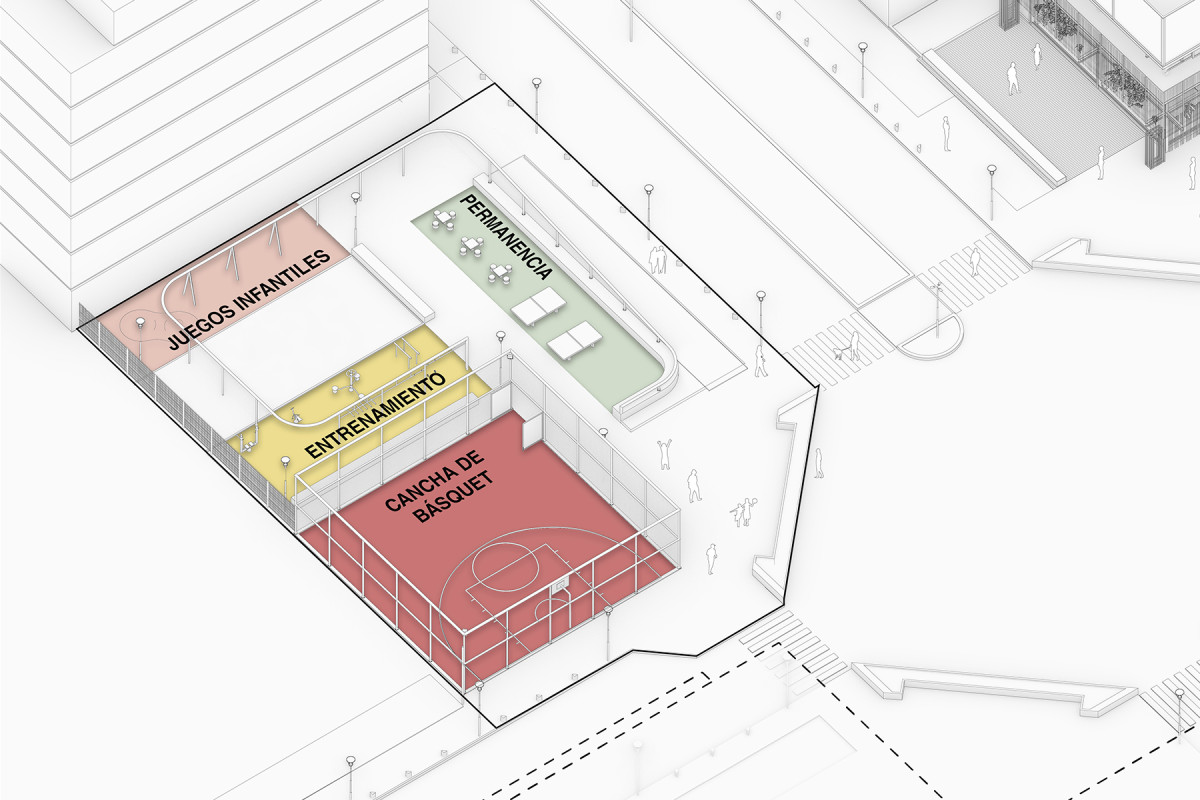
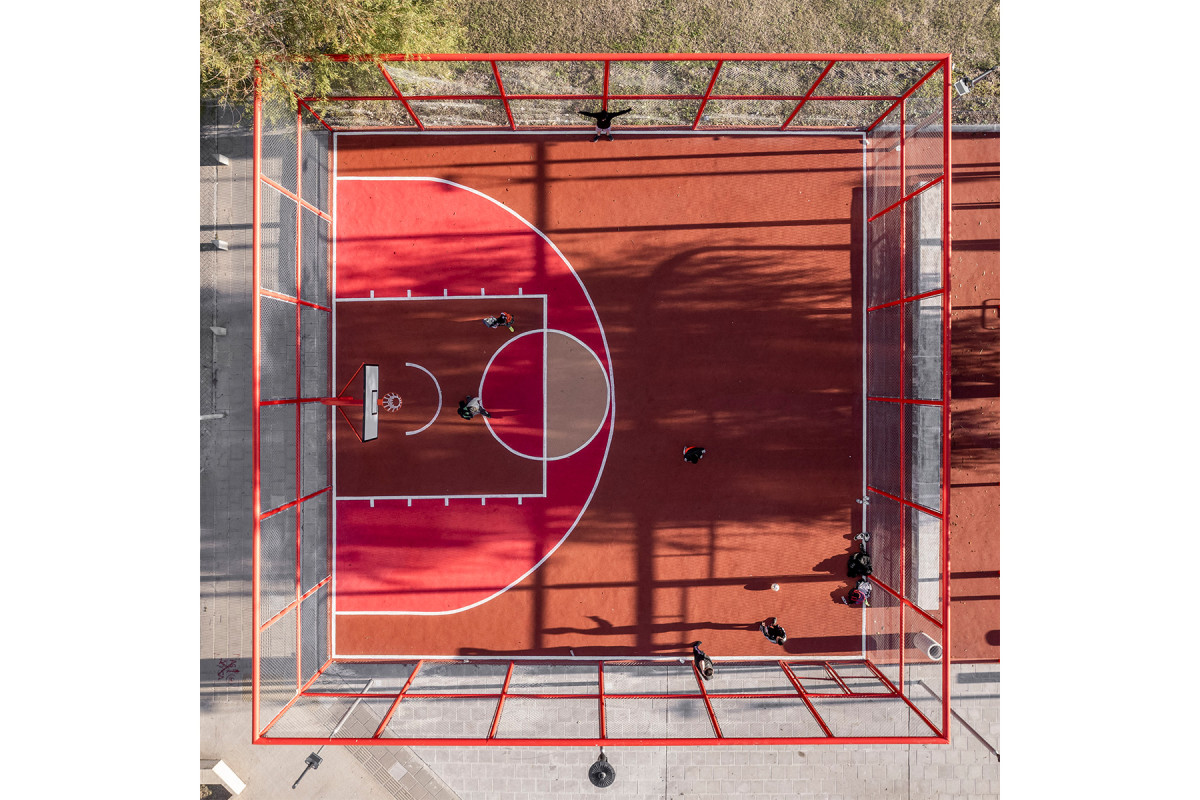
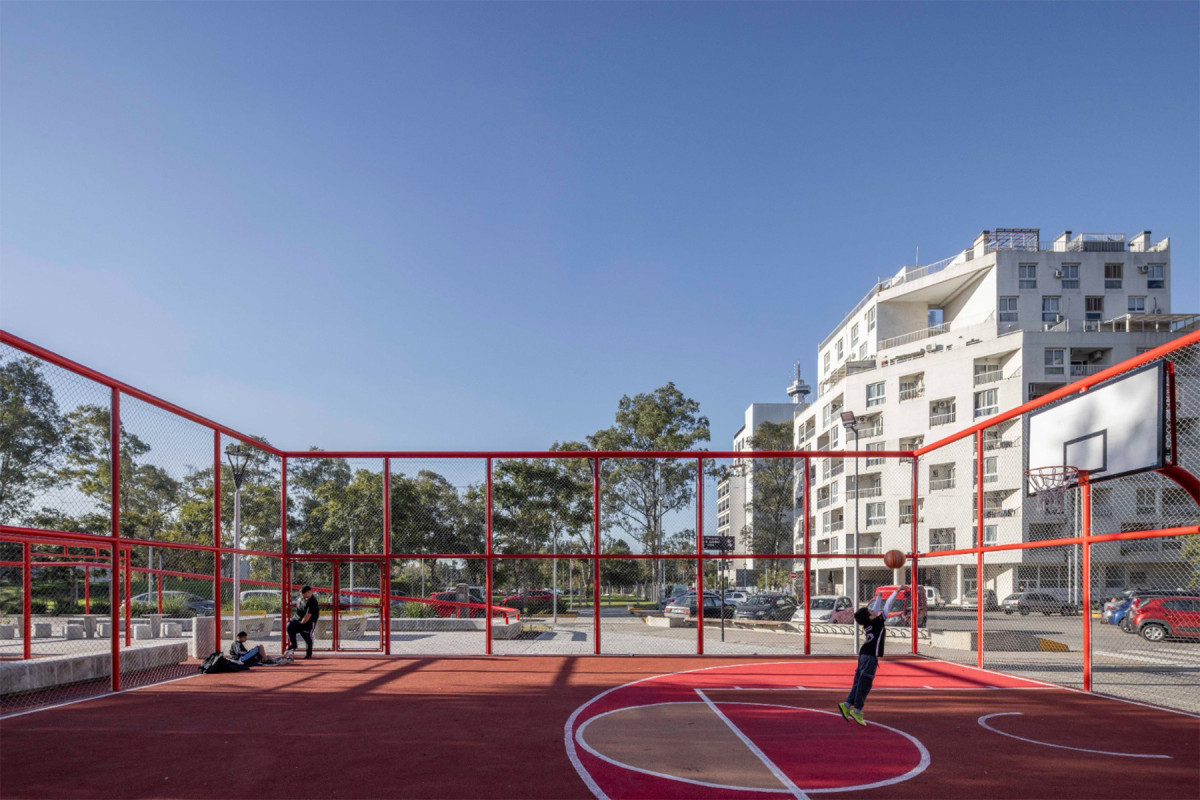
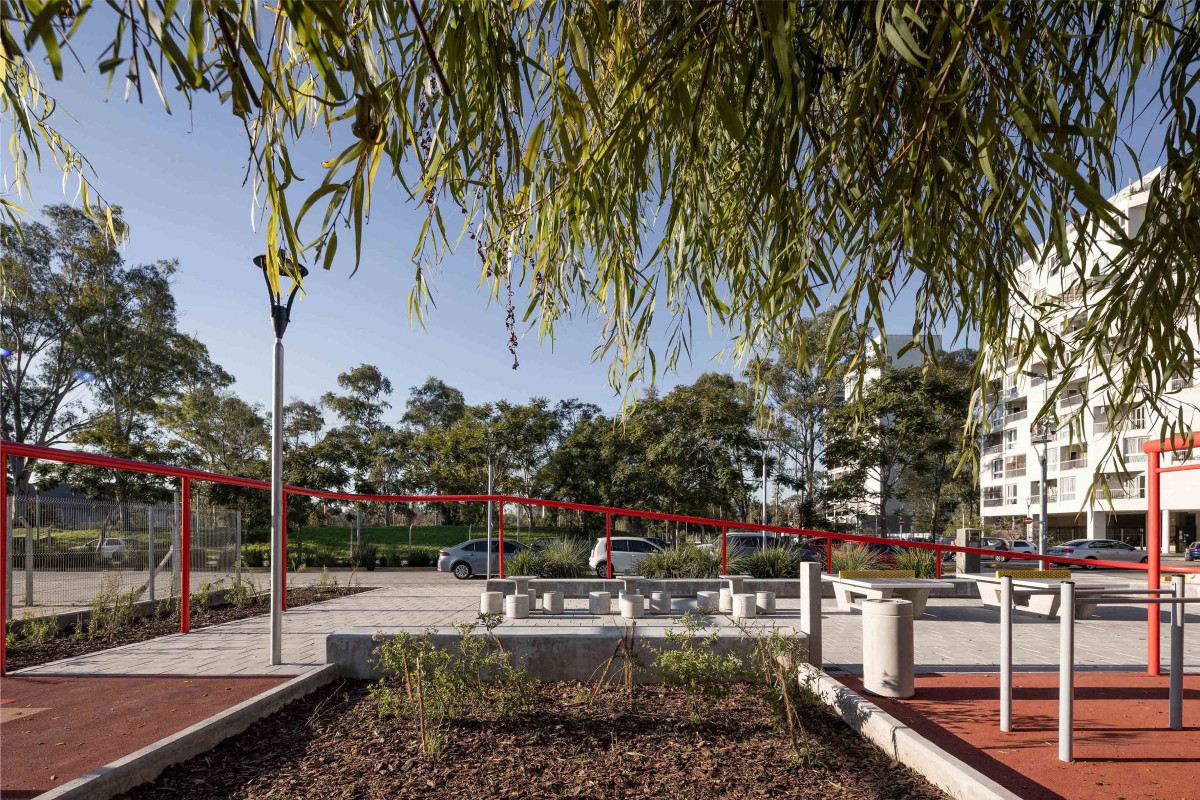
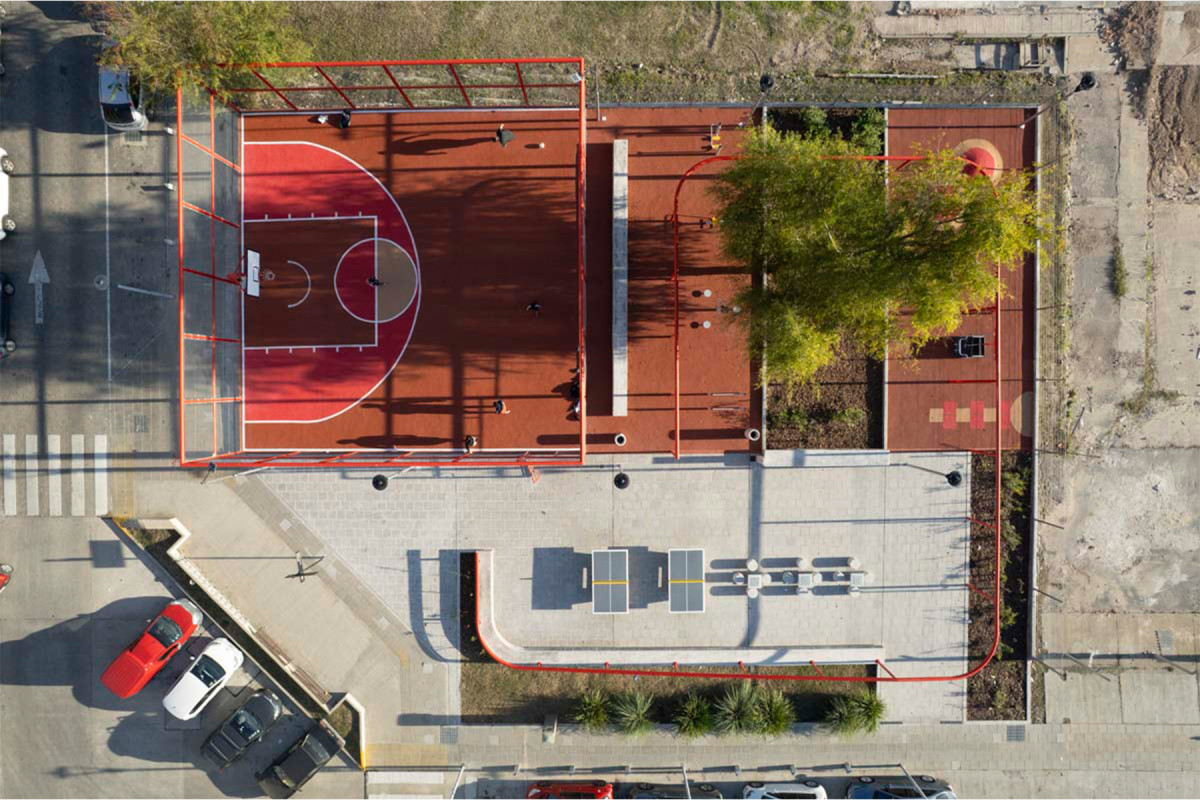
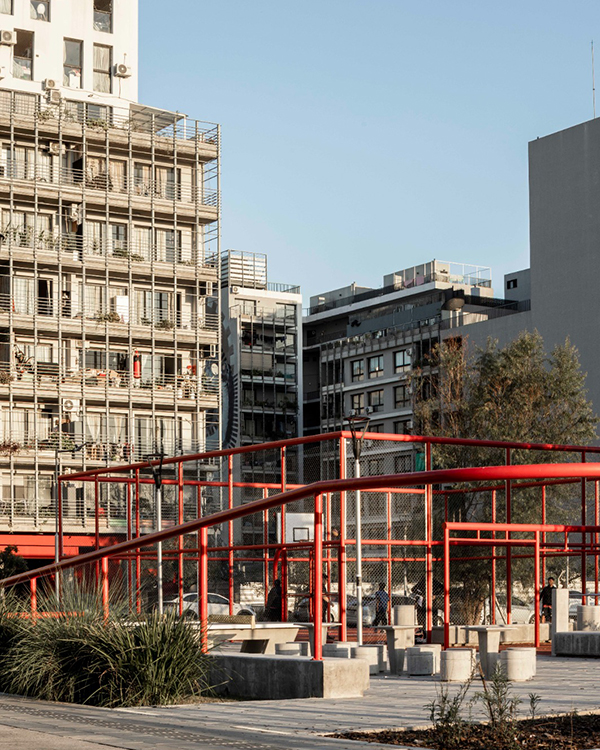
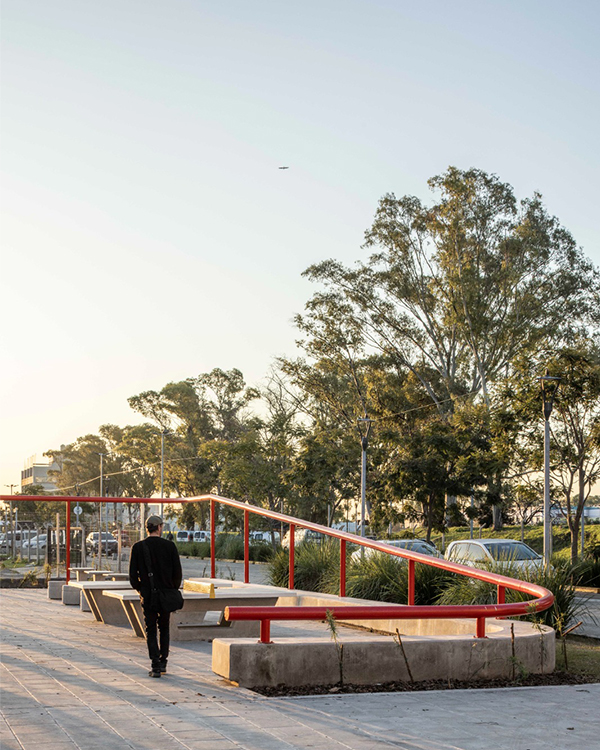
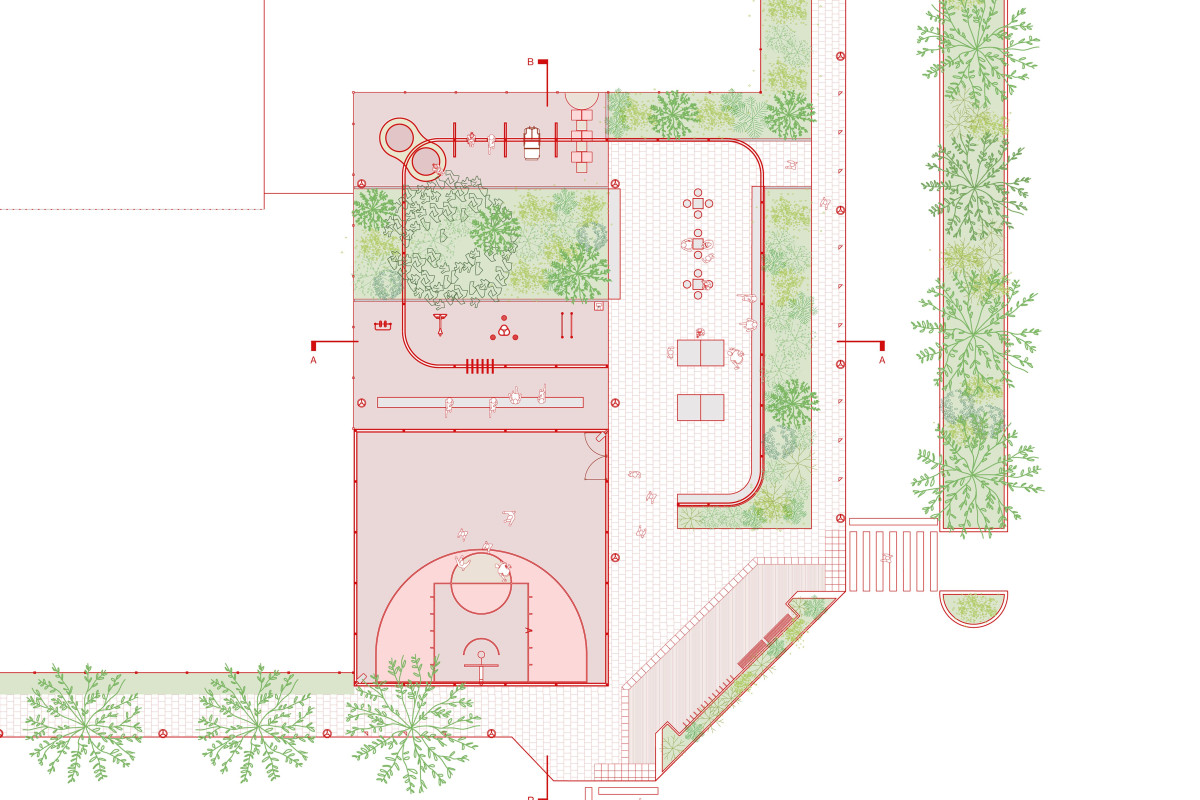
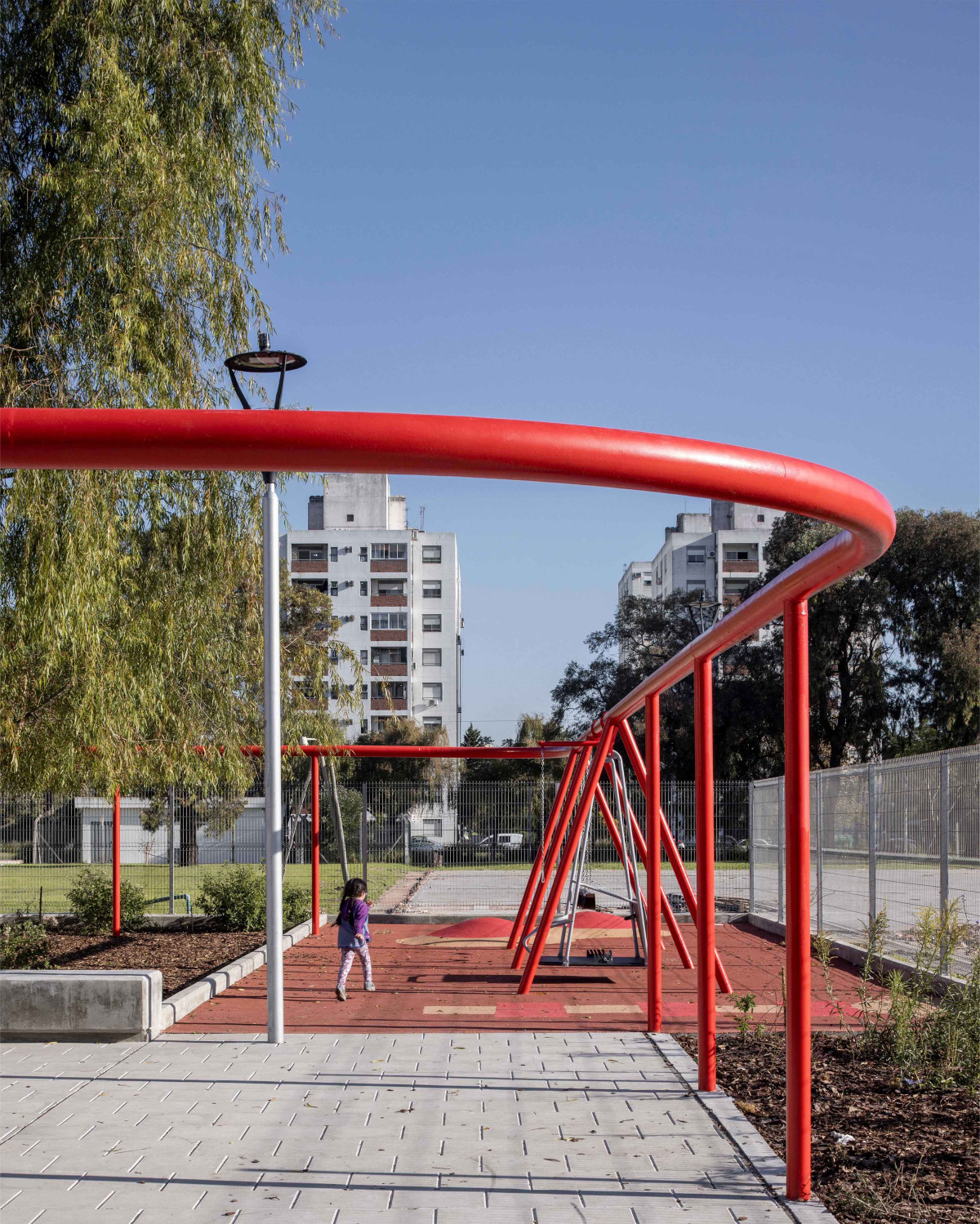
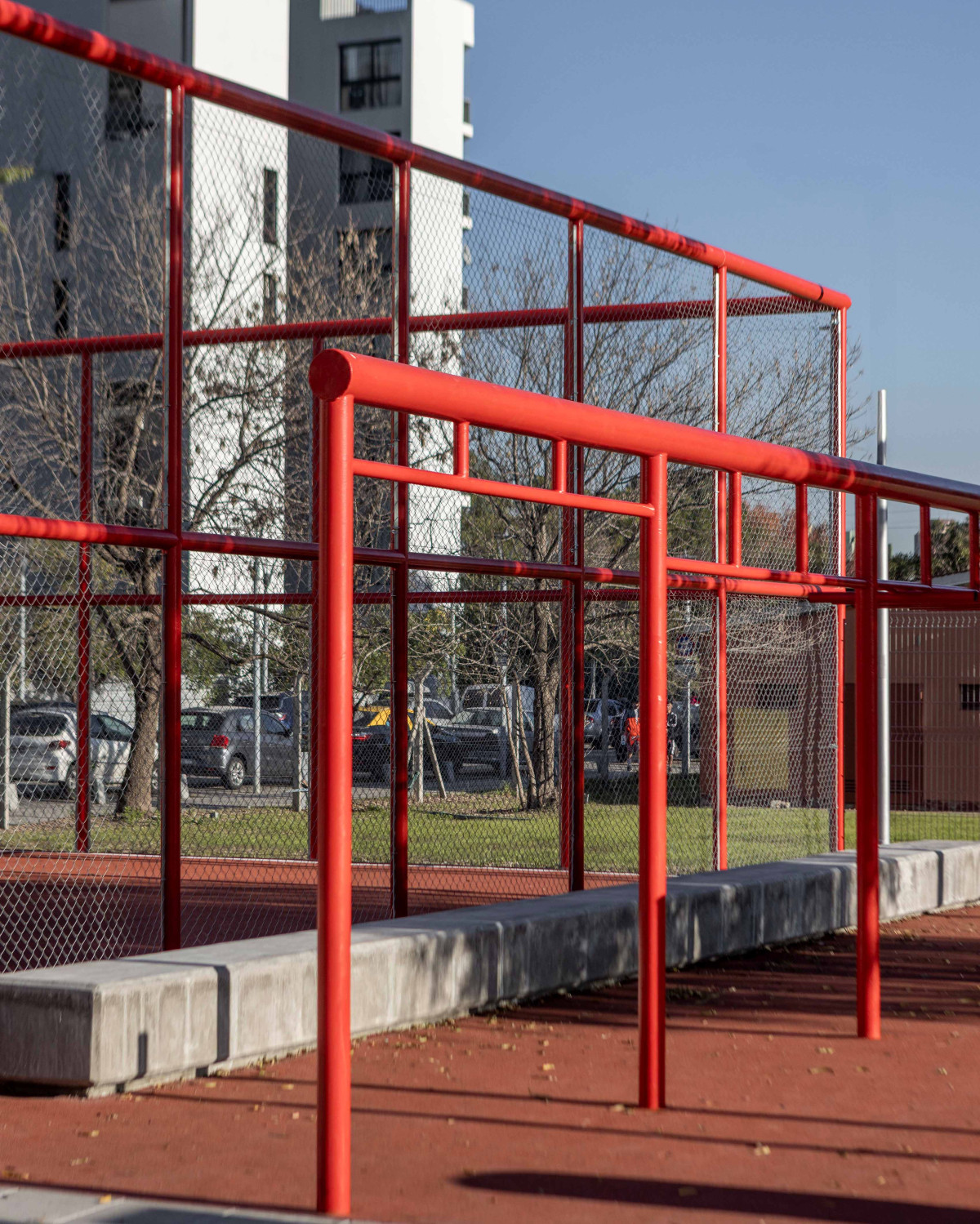
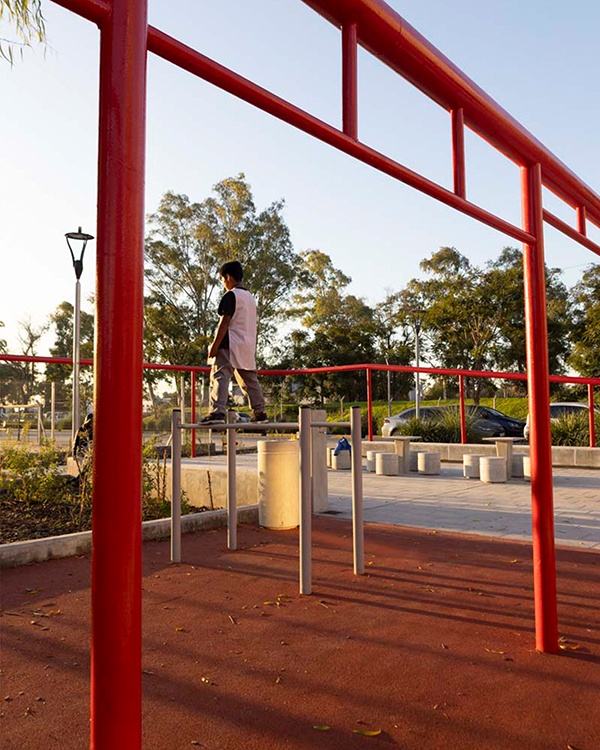
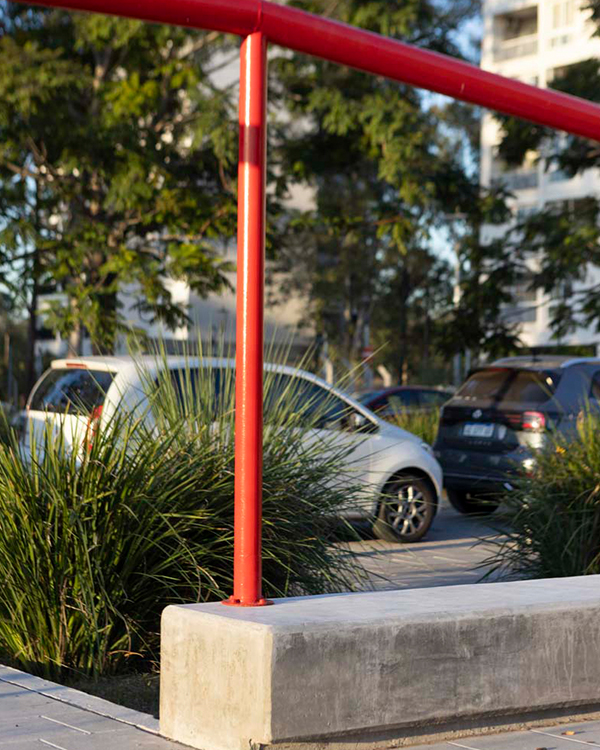

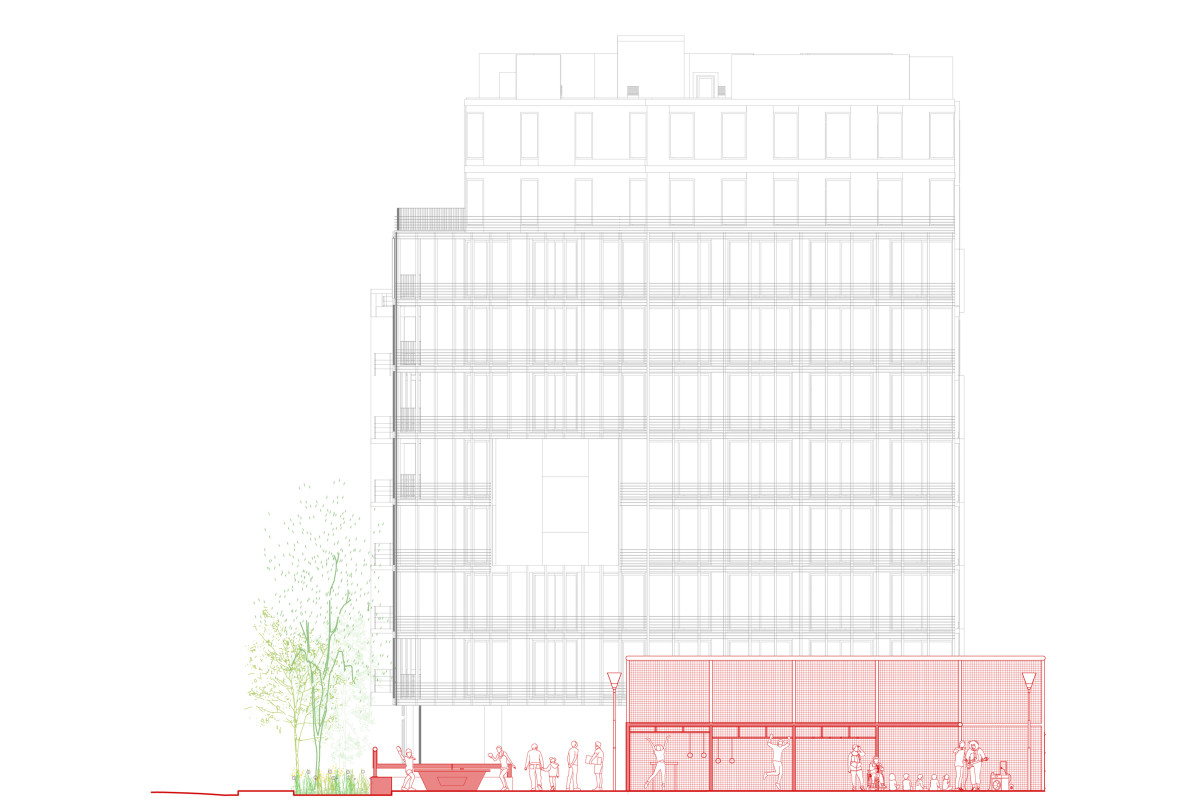
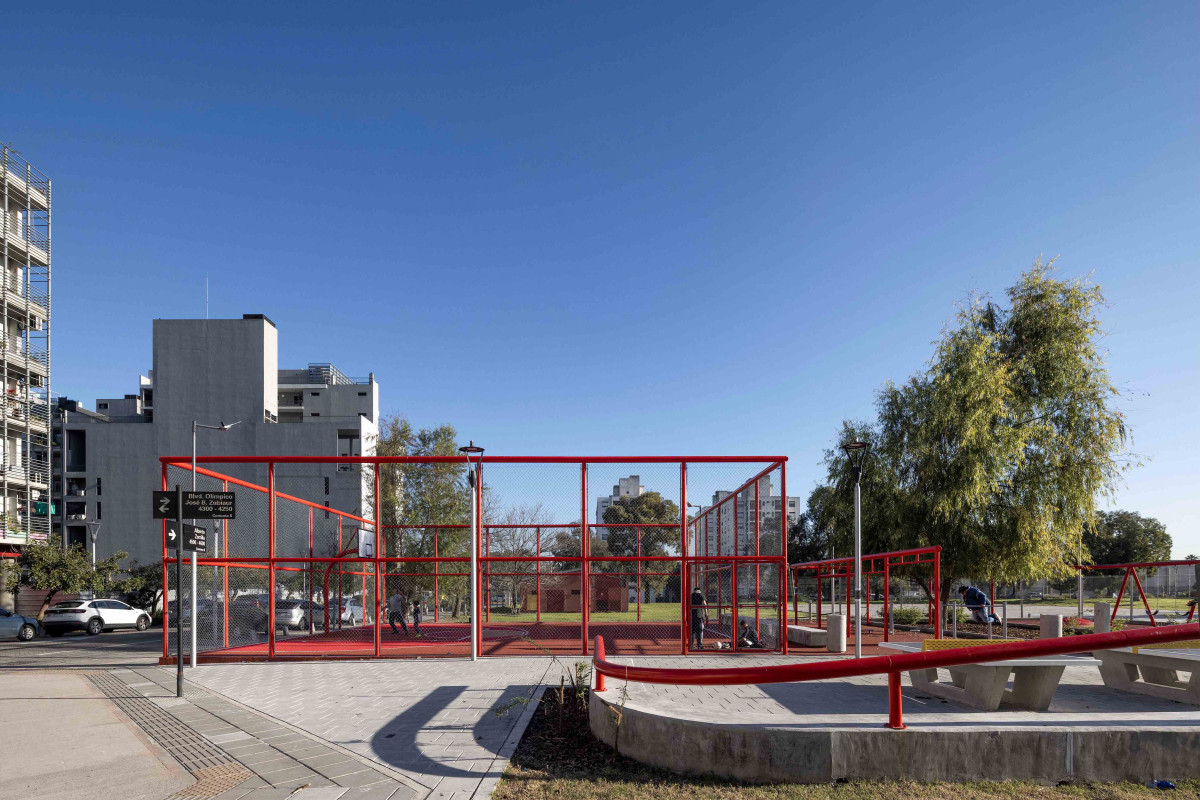
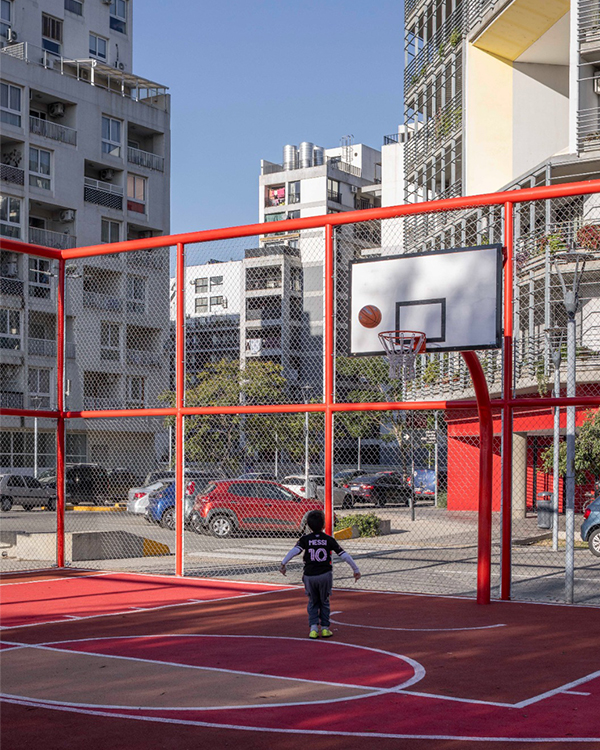
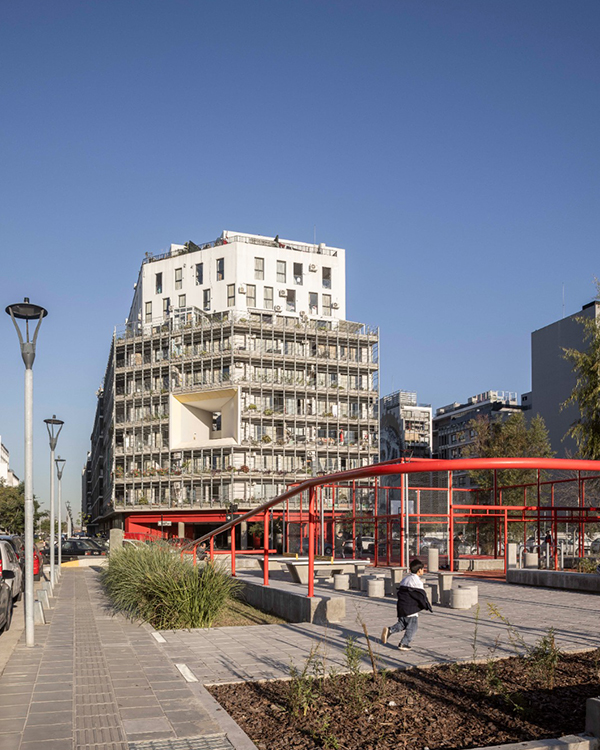
In Comuna 8 of Buenos Aires, the Olympic Village—a legacy of the 2018 Youth Olympic Games—presented an urban paradox: modern residential infrastructure that lacked vibrant public spaces. Faced with the residents' expressed need for gathering places, the design of this community plaza emerges as a direct response, transforming a vacant lot into a catalyst for social activity.
The project is part of a broader urban strategy aimed at providing the area with local amenities. In a context of marked territorial inequality, the plaza stands as a reparative action, offering a tangible alternative for the enjoyment of public space in a historically neglected area. Designed through participatory processes with a special focus on children and adolescents, the intervention transforms an empty plot into an open space that prioritizes the right to play, gather, and recreate.
The design was based on universal accessibility criteria to create an inclusive and safe environment with distinct zones for playing, resting, and exercising. The organizing element is a distinctive red metal tube structure that provides a strong visual identity and simultaneously serves as support for play equipment, urban furniture, and signage. Its layout defines the pathways and organizes the program, which includes a basketball court, an exercise area, and a children's playground.
The choice of materials was intended to enhance openness and durability. Permeable surfaces, such as continuous draining rubber that absorbs impact and prevents soil sealing, were incorporated. Additionally, cast-in-place concrete benches are used to define areas and encourage rest without the need for fences or railings, thereby reinforcing the public's appropriation of the space.
From a technical and environmental perspective, durable, low-maintenance, and highly resistant materials suitable for intensive use were selected. The inclusion of native vegetation and shaded areas helps improve environmental comfort and reduce the project's ecological impact.
In response to the retreat of public space in favor of privatized leisure, the plaza was conceived as an everyday, barrier-free place. Its execution is part of a virtuous cycle of urban economics: the new public space drives future developments, which in turn help finance further improvements in the neighborhood. Since its inauguration, the plaza has been heavily used, solidifying its role as a new and vital hub for community life.
